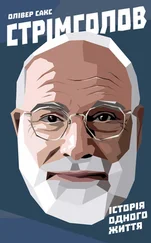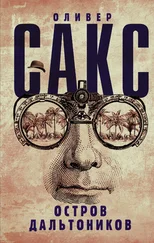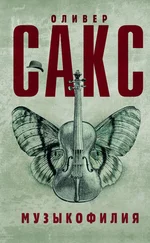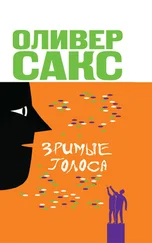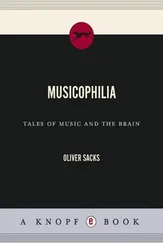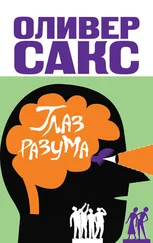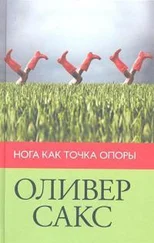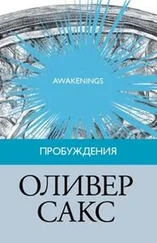The book opened with ‘Elementary Experiments’, experiments first with vegetable dyes, seeing their color changes with acids and alkalis. The most common vegetable dye was litmus – it came from a lichen, Griffin said. I used some of the litmus papers that my father kept in his dispensary, and saw how they turned red with different acids or blue with alkaline ammonia.
Griffin suggested experiments with bleaching – here I used my mother’s bleaching powder in place of the chlorine water he suggested, and with this I bleached litmus paper, cabbage juice, and a red handkerchief of my father’s. Griffin also suggested holding a red rose over burning sulphur, so that the sulphur dioxide produced would bleach it. Dipping it into water, miraculously, restored its color.
From here Griffin moved (and I with him) to ‘sympathetic inks’, which became visible only when heated or specially treated. I played with a number of these – lead salts, which turned black with hydrogen sulphide; silver salts, which blackened when exposed to light; cobalt salts, which became visible when dried or heated. All this was fun, but it was chemistry, too.
There were other old chemistry books lying around the house, some of which had been my parents’ when they were medical students, and some, more recent, belonging to my older brothers Marcus and David. One such was Valentin’s Practical Chemistry , a workhorse of a book – straight, uninspired, pedestrian in tone, designed as a practical manual, but nevertheless, for me, filled with wonders. Inside its cover, corroded, discolored, and stained (for it had done time in the lab in its day), it bore the words ‘Best wishes and congratulations 21⁄1⁄13 – Mick’ – it had been given to my mother on her eighteenth birthday by her twenty-five-year-old brother Mick, already a research chemist himself. Uncle Mick, a younger brother of Dave, had gone to South Africa with his brothers, and then worked in a tin mine on his return. He loved tin, I was told, as much as Uncle Dave loved tungsten, and he was sometimes referred to in the family as Uncle Tin. I never knew Uncle Mick, for he died of a malignancy the year I was born – he was only forty-five – a victim, his family thought, of the high levels of radioactivity in the uranium mines in Africa. But my mother had been very close to him, and his memory and image stayed vividly in her mind. The notion that this was my mother’s own chemistry book, and of the never-known, young chemist uncle who gave it to her, made the book especially precious to me.
There was a great popular interest in chemistry in the Victorian era, and many households had their own labs, as they had their ferneries and stereoscopes. Griffin’s Chemical Recreations had originally been published around 1830 and was so popular that it was continually revised and brought out in new editions; I had the tenth, published in 1860. [8] Griffin was not only an educator at many levels – he wrote The Radical Theory in Chemistry and A System of Crystallography , both more technical than his Recreations – but also a manufacturer and purveyor of chemical apparatus: his ‘chemical and philosophical apparatus’ was used throughout Europe. His firm, later to become Griffin & Tatlock, was still a major supplier a century later, when I was a boy.
A companion volume to Griffin’s, published at much the same time and in the same green and gilt binding, was The Science of Home Life , by A.J. Bernays, which focused on coal, coal gas, candles, soap, glass, china, earthenware, disinfectants – everything that might be contained in a Victorian home (and much of which was still contained in houses a century later).
Very different in style and content, though equally designed to awake the sense of wonder (‘The common life of man is full of Wonders, Chemical and Physiological. Most of us pass through this life without seeing or being sensible of them…’) was The Chemistry of Common Life , by J.F.W. Johnston, written in 1859. This had fascinating chapters on ‘The Odours We Enjoy’, ‘The Smells We Dislike’, ‘The Colours We Admire’, ‘The Body We Cherish’, ‘The Plants We Rear’, and no less than eight chapters on ‘The Narcotics We Indulge In.’ This introduced me not only to chemistry, but to a panorama of exotic human behaviors and cultures.
A much earlier book, of which I was able to get a battered copy for sixpence – it had no covers, and a few pages missing – was The Chemical Pocket-Book or Memoranda Chemica , written in 1803. The author was a James Parkinson, of Hoxton, whom I would reencounter in my biology days as the founder of paleontology, and then again, when I was a medical student, as the author of the famous Essay on the Shaking Palsy – which came to be known as Parkinson’s disease. But for me, at eleven, he was just the author of this delightful little pocket book of chemistry. I got a strong sense, from his book, of how chemistry was expanding, almost explosively, at the beginning of the nineteenth century; thus Parkinson spoke of ten new metals – uranium, tellurium, chromium, columbium (niobium), tantalum, cerium, palladium, rhodium, osmium, iridium – all having been discovered in the preceding few years.
* * *
It was from Griffin that I first gained a clear idea of what was meant by ‘acids’ and ‘alkalis’ and how they combined to produce ‘salts.’ Uncle Dave demonstrated the opposition of acids and bases by measuring out precise quantities of hydrochloric acid and caustic soda, which he mixed in a beaker. The mixture became extremely hot, but when it cooled, he said, ‘Now try it, drink it.’ Drink it – was he mad? But I did so, and tasted nothing but salt. ‘You see’, he explained, ‘an acid and a base come together, and they neutralize each other; they combine and make a salt.’
Could this miracle happen in reverse, I asked? Could salty water be made to produce the acid and the base all over again? ‘No’, Uncle said, ‘that would require too much energy. You saw how hot it got when the acid and base reacted – the same amount of heat would be needed to reverse the reaction. And salt’, he added, ‘is very stable. The sodium and chloride hold each other tightly, and no ordinary chemical process will break them apart. To break them apart you have to use an electric current.’
He showed me this more dramatically one day by putting a piece of sodium in a jar full of chlorine. There was a violent conflagration, the sodium caught fire and burned, weirdly, in the yellowish green chlorine – but when it was over, the result was nothing more than common salt. I had a heightened respect for salt, I think, after that, having seen the violent opposites that came together in its making and the strength of the energies, the elemental forces, that were now locked in the compound.
Here, too, Uncle Dave showed me, the proportions had to be exact: 23 parts of sodium, by weight, to 35.5 of chlorine. I was struck by these numbers, for they were already familiar: I had seen them in lists in my books; they were the ‘atomic weights’ of these elements. I had learned these numbers by rote, in the same mindless way one learns multiplication tables. But when Uncle Dave brought up these selfsame numbers in relation to the chemical combination of two elements, a slow, underground questioning started in my head.
* * *
In addition to my collection of mineral samples, I had a collection of coins, housed in a small wooden cabinet of highly polished mahogany, with doors that opened like the doors of a toy theater, revealing a series of slim trays with velvet-covered circles for the coins – some as small as a quarter-inch across (this for groats, for silver threepenny pieces, and for Maundy money, tiny silver coins given on Easter to the poor), others almost two inches across (for crowns, which I loved, and even larger than these, the gigantic twopenny pieces made at the end of the eighteenth century).
Читать дальше

